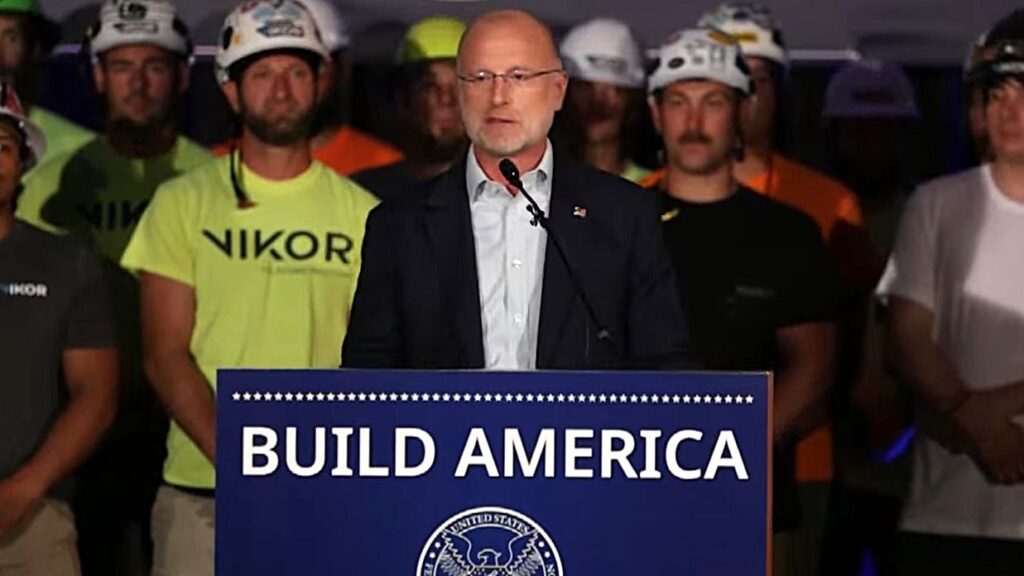FCC Hopes to Sweeten Incentives to Expand Rural Wireless Coverage
Randy Sukow
|

This morning the FCC proposed creation of an “Enhanced Competition Incentive Program” (PDF) as a way to increase wireless connectivity in rural areas and on tribal lands. The Further Notice of Proposed Rulemaking the Commission adopted suggests using tools it has long had available, such as spectrum partitioning and disaggregation. But those approaches historically have been ineffective.
The question is, will large carriers be any more willing to enter such deals in 2021 than they have been in the past? “I am looking forward to hearing whether the incentives we proposed in this item could address situations like this, so we can expand and improve service to communities like the Red Cliff tribe,” said Commissioner Geoffrey Starks during today’s monthly agenda meeting.
Starks said he has met with the Red Cliff tribe located on the shore of Lake Superior in Wisconsin. They told him the tribe had “the resources and expertise to build out service on its own. It only needs the spectrum.” They are willing to work with area license holders which have yet to build sufficient wireless capacity in tribal areas.
The Commission is acting in response to the goal of expanding wireless service availability as stated in the MOBILE NOW Act signed into law in 2018. Part of that goal is to promote the use of unused spectrum by entities not affiliated with license holders. In return for entering partitioning, disaggregation or leasing deals, the FCC proposes to grant license holders five-year extensions to their license terms and to loosen some construction deadline requirements.
Partitioning is when a license holder transfers a geographic portion of its spectrum license area to another party; disaggregation is when the license holder transfers a portion of its spectrum capacity to another party. For example, a company holding a 10 MHz license covering a Rural Service Area (RSA) could choose to partition the southern portion of that area to another company. In other cases, the company could choose to disaggregate 5 MHz to another area carrier covering the entire RSA and retain 5 MHz for itself.
The FCC first adopted rules allowing partitioning and disaggregation in the 1990s, but agreements have been rare because large carriers have not had enough incentive to enter them.
“Our rules don’t always make it easy to get spectrum resources to those who want to build in the places that need it most,” Acting Chairwoman Jessica Rosenworcel said. “This new program will help fix that by building better incentives — specifically, an existing wireless provider that uses its license to create new spectrum opportunities for smaller carriers, tribal nations or others serving rural areas.”


